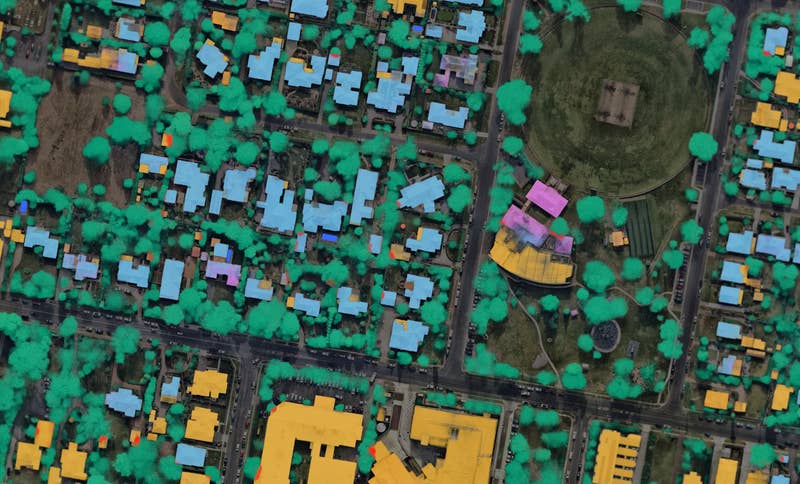
Introducing Nearmap for Post-catastrophe Response
Post Catastrophe Imagery and AI-derived property damage and condition data unite to help insurers process customer claims more efficiently.

Post Catastrophe Imagery and AI-derived property damage and condition data unite to help insurers process customer claims more efficiently.
Our very own Sam Mason, Manager of Solutions Engineering at Nearmap, recently spoke to Engineers Australia about how, with the aid of Nearmap solutions, engineers are using spatial digital twins to make precise and data-backed decisions at scale.
Here’s a snapshot of his interview:
The City of Sioux Falls in South Dakota — home to a population of nearly 200,000 people — identified the need to better serve its citizens and provide up-to-date information to relevant stakeholders.
To achieve this it created a digital twin using Nearmap 3D textured mesh as a base layer — the digital twin serving as a citizen engagement tool, a way to visualise projects within existing site conditions, and more.
In speaking to Engineers Australia about this use case, Mason said, “it’s fantastic to see how companies are bringing in Nearmap imagery and then layering other data sets over the top, merging them together so they can interact with the space.”
“Previously, if a council wanted to measure the climate in an area, they’d put temperature monitors right across the city and send people around by foot to look at them,” said Mason.
Using a prototype digital twin of Penrith Council he created himself, Mason demonstrated that because digital twins enable the aggregation of many different data sources — tree cover, roof condition, and surface type data derived from our very own Nearmap AI, for example — they enable engineers to conduct deep analyses much more efficiently.
Mason also noted digital twins have the potential to support engineers’ environmental, social and governance (ESG) efforts.
“Digital twins can quickly pinpoint areas that engineers should dig into further. They could, for example, highlight warmer areas on the map, which will tell an engineer they should look into that area and consider how it’s contributing to a building’s ESG rating.”
While we make every effort to ensure the accuracy of the data and analysis in blog articles, this information is not to be relied on as professional advice. No endorsement or approval of any third parties or their advice, opinions, information, products or services is expressed or implied by any information in the blog. Should you seek to rely in any way whatsoever upon this content, you do so at your own risk.


